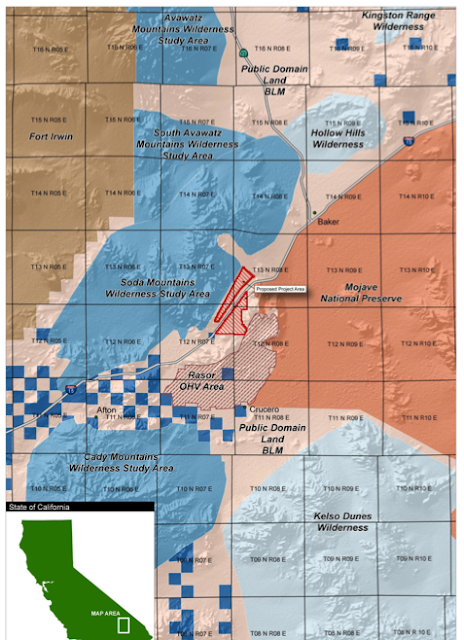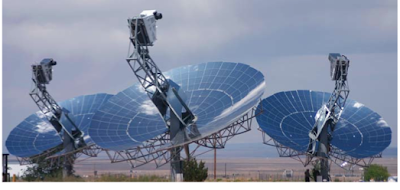Conservationists Offer Alternative to First Solar Projects in Ivanpah Valley

The Bureau of Land Management (BLM) on Wednesday hosted a public meeting to discuss one of two solar projects that would be built in the Ivanpah Valley by First Solar Inc, drawing concerned citizens who expressed deep frustrations with a misguided renewable energy policy. Desert experts and conservation advocates in attendance presented an alternative proposal to designate much of the valley as an Area of Critical Environmental Concern (ACEC) in order to protect a crucial genetic linkage for the threatened desert tortoise and habitat for rare plants and other wildlife. The full ACEC petition can be viewed at Basin and Range Watch's website . Many citizens at the meeting have long called for distributed solar generation (such as rooftop solar), or placing solar facilities on lands that are already disturbed instead of on ecologically intact areas such as the Ivanpah Valley.
Ivanpah Valley, with the Clark Mountains in the background.
The two projects proposed by First S









